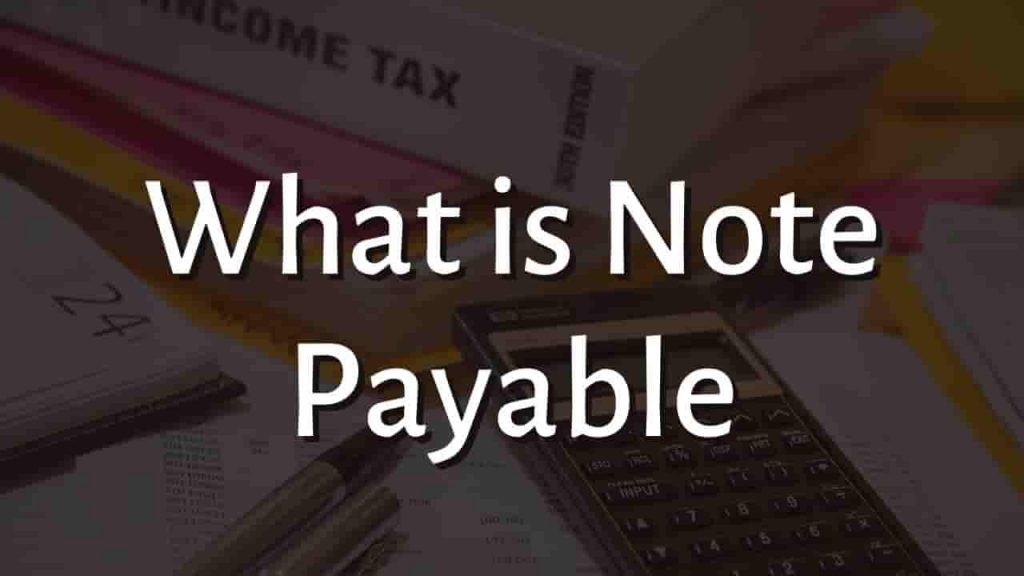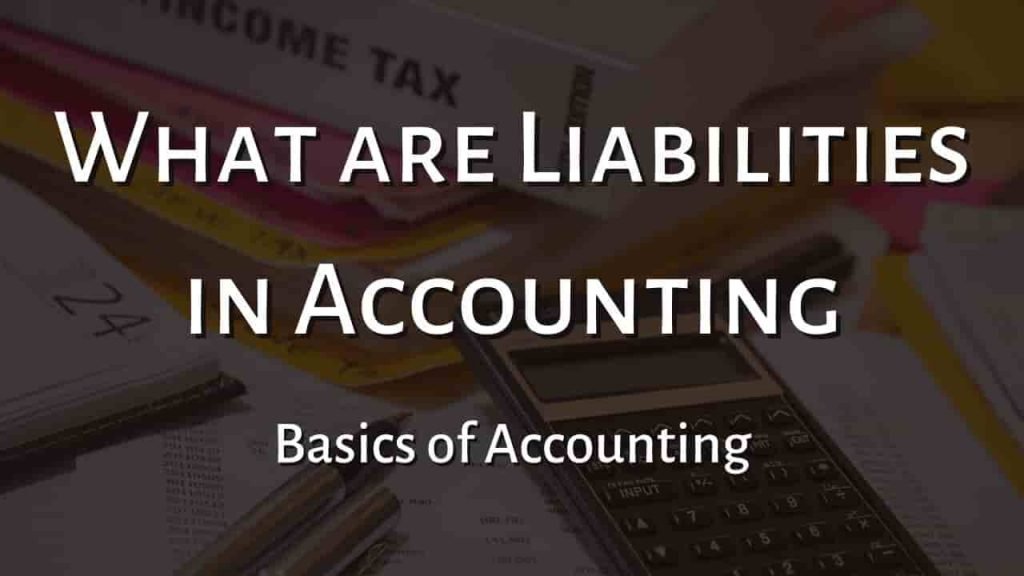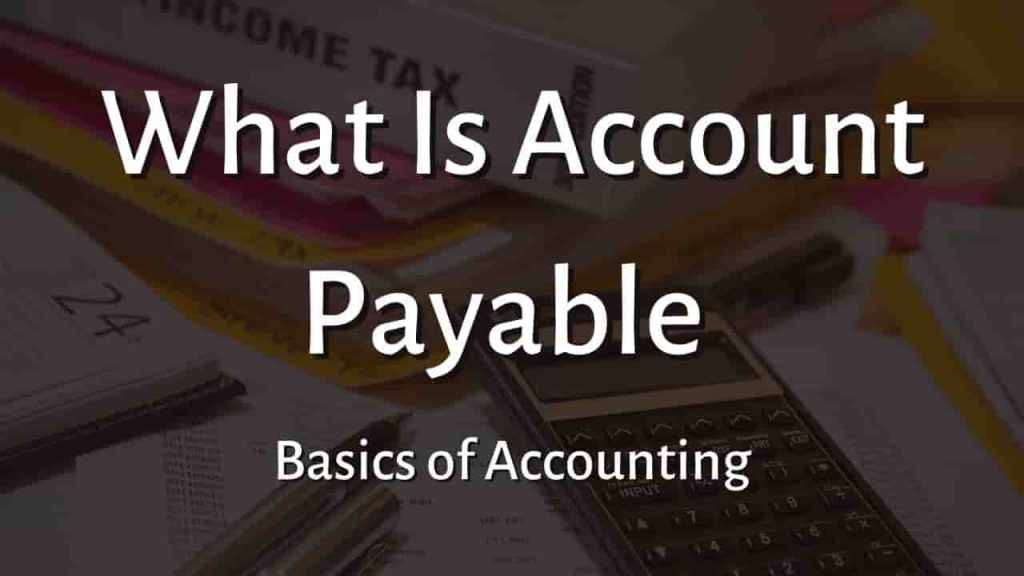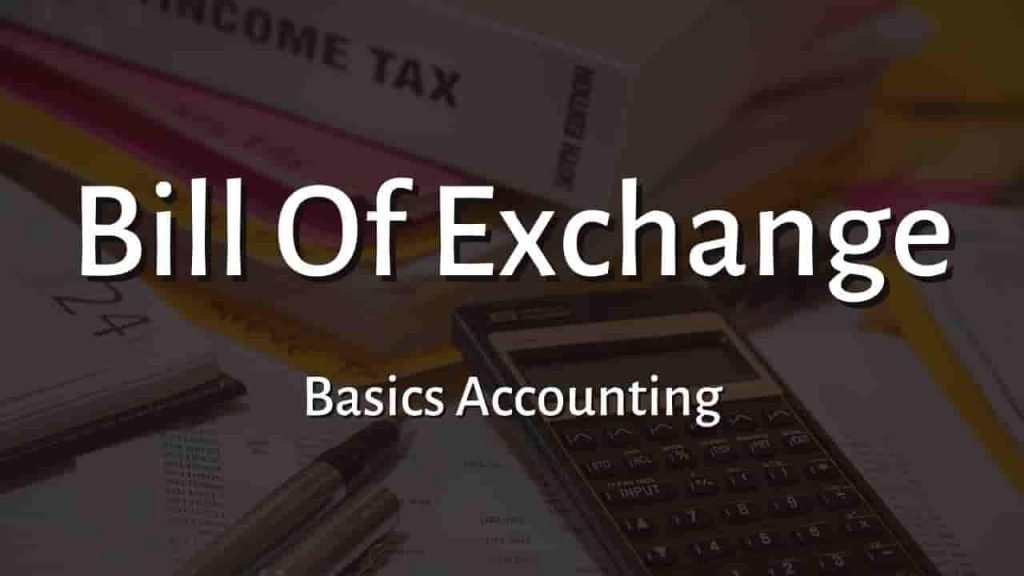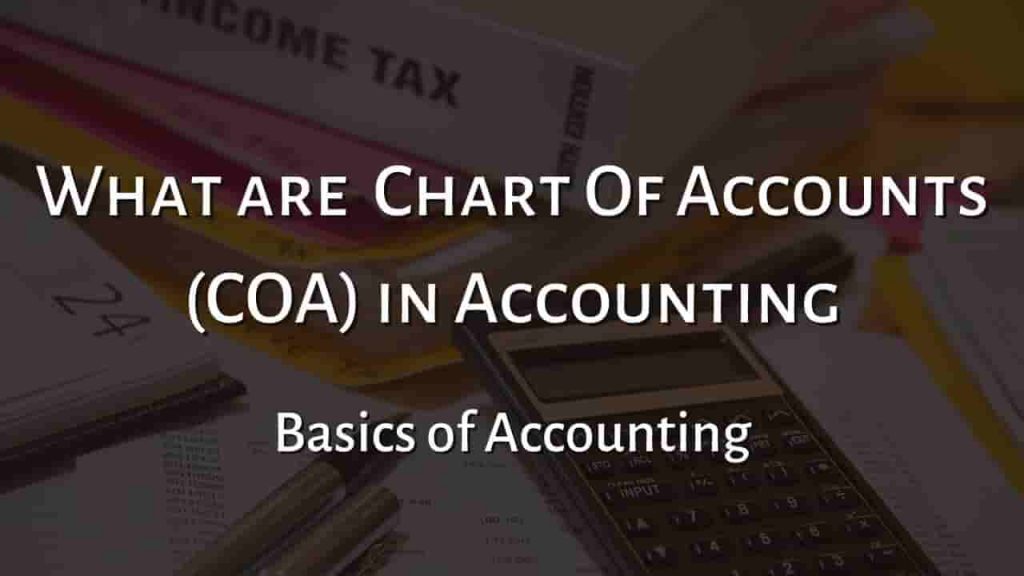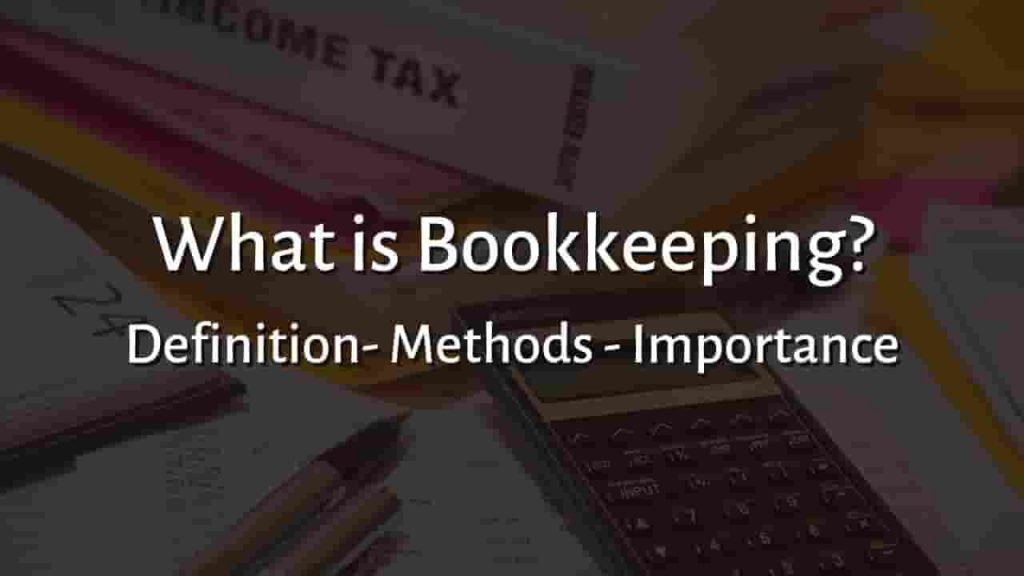What is Note Payable
A note payable account is a liability account in which a borrower maintains a written promise to repay the lender. When carrying out and accounting for notes payable, the “maker” creates liabilities by borrowing from another business and promising to return the recipient with interest. The loan is then recorded as a note due on the balance sheet by the maker.
When recording notes payable, it is necessary to clarify the circumstances of the matter. The printed statement normally includes the principal amount borrowed, the payment due date, and the interest to be paid.
A loan recorded as notes payable on a corporate balance statement contains the following accounts:
- Cash
- Notes payable
- Interest expense
- Interest payable
Note Payable Example
If a corporation borrows money from the bank, the bank will ask the officials of the company to sign a written loan agreement before the bank can provide the money. This loan will be recorded in the company’s general ledger account, Notes Payable.
What is Short term Note payable and Long Term Note Payable
Depending on the payment terms of the signed promissory note, notes payable might reflect either short-term or long-term liabilities. If the note says that the obligation must be paid within a year, it is classified as a short-term liability.
If repayment is possible over a period of more than one year, the note is classified as a long-term liability. Notes payable are frequently used to finance the acquisition of commercial buildings, industrial equipment, business cars or trucks, or other large purchases that need a loan.
Is Note Payable a Debit or Credit
The corporation enters notes payable as a debit entry and credits the cash account, which is represented on the balance sheet as a liability. Following that, the company must assess the loan’s interest rate.
This amount will be recorded as a debit in the interest expense account, and the same amount will be entered as a credit in the interest payable account.
Note Payable Journal Entry
The following is an example of a note payable and the interest associated with it, as well as how each is recorded in a journal entry. To correctly record the loan, you will, of obviously, need to use double-entry accounting.
You just applied for and received a $50,000 loan from ABC Bank. The promissory note is payable two years from the date of issue, which is January 1, 2020, hence the note is due December 31, 2022. In addition, there is a 6% interest rate that is paid quarterly.
You would debit your cash account in the amount of the loan, $50,000, for the first journal entry because your cash increases after the loan are received. To record the loan, you will also credit notes payable.
| Date | Particular | L/F | Debit | Credit |
| 1-1-20 | Bank | $50,000 | ||
| Note Payable | $50,000 |
There is always interest on payable notes, which must be documented individually. In this case, the bank receives a 6% interest rate, which is paid quarterly.
Because the interest is paid quarterly and is deemed short-term, this will be set up as an Interest Payable account and put under current liabilities. This is how the journal entry might look:
| Date | Particular | L/F | Debit | Credit |
| 3-1-20 | Interest Expense | $375 | ||
| Interest Payable | $375 |
The interest on the debt payable for the first quarter is due on April 1. This is how the journal entry might look:
| Date | Particular | L/F | Debit | Credit |
| 3-31-20 | Interest Payable | $375 | ||
| Bank | $375 |
Interest expense must be noted and paid quarterly for the duration of the note, which is two years.
If you have not been making monthly payments on the note, the principal will be paid off in December 2022, as stated on the promissory note. This is how the journal entry might look:
| Date | Particular | L/F | Debit | Credit |
| 12-31-22 | Note Payable | $375 | ||
| Bank | $375 |
Note Payable on Balance Sheet
Notes payable appear on a balance statement under current or long-term liabilities, depending on the due dates.
Note Payable Vs Account Payable
Notes payable can be both short-term and long-term liabilities for the company. Accounts payable are usually seen as short-term obligations that must be settled within a year.
Notes payable are normally not converted into accounts payable, but accounts payable can be converted into notes payable if all parties involved have mutual permission and understanding.
Notes payable are written agreements that are most commonly used for debt arrangements and are payable to credit firms and financial institutions. Accounts payable are often service and inventory vendors.
Accounts payable are used to keep track of purchases of goods and services, whereas notes payable are used to keep track of incoming and exiting transactions from financial institutions.
Although both notes payable and accounts payable are considered current obligations, they vary in key respects. Because these liabilities have a proportionate influence on an organization’s total liquidity, they must be managed responsibly and efficiently.
It is in an organization’s best advantage to maintain the total cash conversion cycle under control and to guarantee that all liabilities are honored in accordance with their promise.
This is essential for keeping a good reputation in your sector and will save you from negatively impacting your credit score, which might be extremely devastating to lenders and suppliers if you need credit in the near future.
For more click here and if you are looking for full forms of different acronyms and words then check out this list you really gonna find this helpful. We also have an Essay on every topic, Check the complete list here. If you are Studying in Matric Free Video Lectures of Maths, Physics and English are here, and we have got you covered for I.COM Business Maths also.

